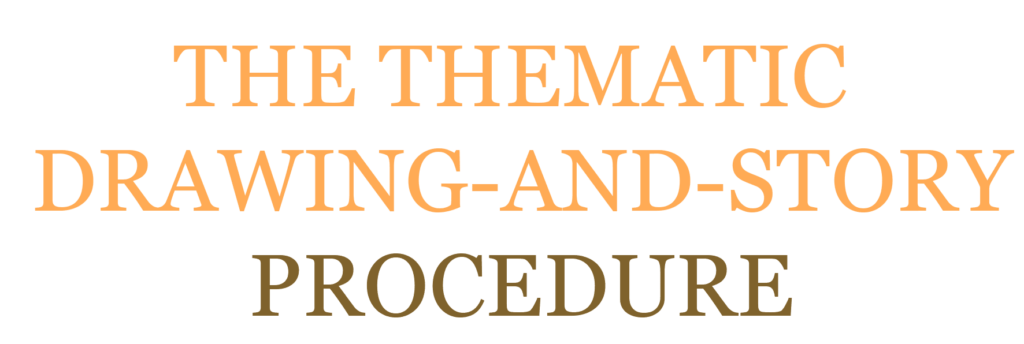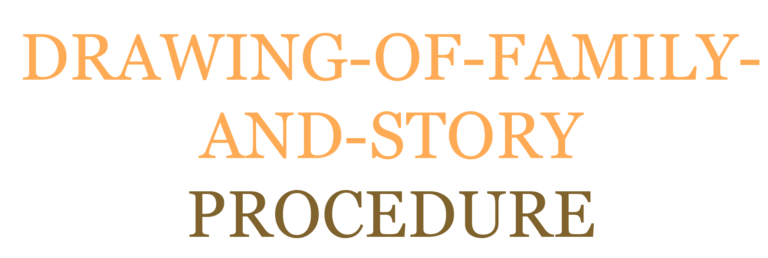LIMA, D. M. “Perturbado” e “perturbador“: o paciente com transtorno mental em crise psiquiátrica segundo o imaginário coletivo de profissionais de um Centro de Atenção Psicossocial [“Disturbed” and “disturbing”: the mental disorder patient in a psychiatric crisis according to the collective imaginary of professionals of a Psychosocial Care Center]. 73 f. Master’s Dissertation- Universidade Federal de Uberlândia, Uberlândia, 2019.
Available on: http://doi.org/10.14393/ufu.di.2019.1373.
According to the psychosocial care paradigm, the psychiatric crisis should not be summed up as a psychopathological event. Therefore, it is the role preferably of substitutive services – of which the Psychosocial Care Center (CAPS) is an example – to receive patients with mental disorders who are experiencing this phenomenon. In practice, however, that is not what happens, partially due to difficulties from the professionals at these services to put in practice the principles of the Brazilian Psychiatric Reform. In its psychoanalytic sense, the notion of collective imaginary can provide clarifications in this respect, as it refers to the complex of unconscious affective-emotional factors that influence the practices of a certain audience with regard to a given phenomenon. Thus, the general objective of this study is to understand the collective imaginary of professionals at a CAPS about the patient with mental disorder in a psychiatric crisis. In this qualitative research using the psychoanalytic method, the participants were 10 professionals from a CAPS of a city in the interior of Minas Gerais. Each participant intentionally held a position at the mental health service in question, namely: (a) psychiatrist, (b) psychologist, (c) pharmacist, (d) social worker, (e) nurse, (f) nursing technician, (g) general service assistant, (h) administrative assistant, (i) responsible technical nurses and (j) institutional coordinator. The Thematic Drawing-and-Story Procedure was used. The following instruction was presented to the participants: “Draw a mental disorder patient who is experiencing a psychiatric crisis situation”. Then, each participant was asked to elaborate, in writing, a story on the drawing and to create a title for the story. In addition, questions were asked on the drawing or the story as necessary. The data collection took place individually with sound recording. The research corpus, which consists of the material obtained by using D-E (T), was submitted to psychoanalytic interpretation. Two fields of meaning were identified: The mental disorder patient in psychiatric crisis as a disturbed person and The mental disorder patient in psychiatric crisis as a disturbing person. The first field of meaning indicates that, according to most participants’ collective imaginary, the psychiatric crisis only encloses a negative dimension, being characterized by the presence of important changes in the thoughts, feelings and behaviors. The second field of meaning, then, represents beliefs in function of which the mental disorder patient, when experiencing a psychiatric crisis, disturbs and exhausts both the family and the professionals working in substitutive services. Nevertheless, much remains to be clarified in terms of the beliefs, emotions and images concerning the psychiatric crisis, so that further research on the subject is necessary.

